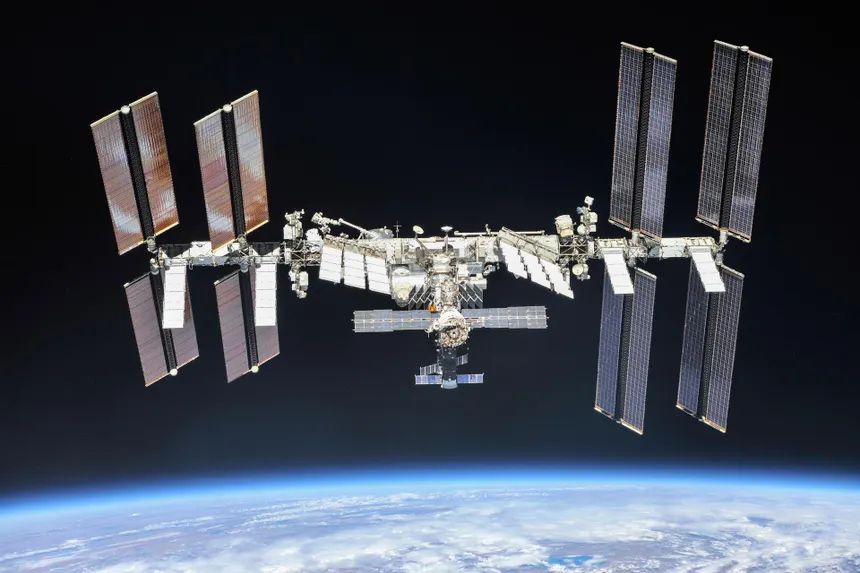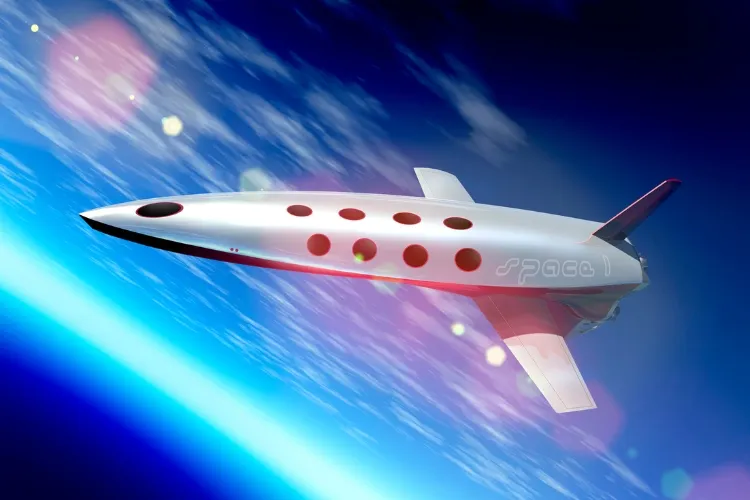A New Era of Space Travel Begins
Space tourism is no longer just a dream for the ultra-rich or science fiction enthusiasts. With rapid advancements in space technology and increasing competition among private space companies, the industry is preparing to launch commercial space travel for civilians. This means that in the coming years, ordinary people will have the chance to experience space like never before.

The Rise of Space Tourism: How It All Started
The concept of space tourism dates back several decades, but it gained momentum in the 2000s when private companies entered the space race. Some key milestones include:
- 2001: Dennis Tito, the first space tourist, paid $20 million to travel to the International Space Station (ISS) on a Russian Soyuz spacecraft.
- 2010s: SpaceX, Blue Origin, and Virgin Galactic started investing heavily in developing commercial space tourism.
- 2021: Richard Branson (Virgin Galactic) and Jeff Bezos (Blue Origin) successfully completed suborbital spaceflights with civilians onboard.
Leading Companies Driving the Space Tourism Boom
Several companies are competing to dominate the space tourism industry. Each has its unique approach and technology:
1. SpaceX
- Founded by Elon Musk, SpaceX aims to make space travel affordable.
- Offers orbital flights and is developing Starship for deep-space tourism.
- Plans to take private customers around the Moon in the near future.
2. Blue Origin
- Owned by Amazon founder Jeff Bezos.
- Focuses on suborbital flights with the New Shepard rocket.
- Promotes space tourism as a gateway to a future where millions live and work in space.
3. Virgin Galactic
- Founded by Richard Branson.
- Uses spaceplanes to offer suborbital flights.
- Aims to make space travel more accessible to high-end consumers.
4. Axiom Space & Other Emerging Players
- Axiom Space is developing a private space station to host tourists.
- Other companies like Space Perspective are working on space balloons for high-altitude experiences.

How Much Does a Space Ticket Cost? Is It Affordable?
Currently, space tourism is incredibly expensive, but prices are expected to drop as technology improves.
- Virgin Galactic: Tickets cost around $450,000 for a suborbital trip.
- Blue Origin: Prices are not officially disclosed, but estimates range from $200,000 to $500,000.
- SpaceX: Orbital trips cost tens of millions of dollars per passenger.
- Future Projections: Experts predict that within a decade, prices may drop below $100,000, making space travel more accessible to the general public.
What Happens During a Space Tourism Flight?
Each space tourism experience varies depending on the company, but most trips follow a similar structure:
- Pre-Flight Training: Tourists undergo short training sessions to prepare for weightlessness and emergency protocols.
- Launch & Ascent: Rockets or spaceplanes take passengers to the edge of space (~100 km altitude).
- Weightlessness Experience: Travelers enjoy a few minutes of zero gravity and breathtaking views of Earth.
- Re-Entry & Landing: The spacecraft safely returns to Earth, either landing like a plane or parachuting into the ocean.
Risks and Challenges of Space Tourism
While space tourism is an exciting prospect, there are risks involved:
- Health Concerns: Exposure to microgravity and G-forces can affect passengers.
- Safety Risks: Space travel carries inherent dangers, though companies are working to minimize risks.
- Environmental Impact: Some critics argue that rocket launches contribute to carbon emissions and space debris.

The Future of Space Tourism: What’s Next?
The industry is still in its early stages, but the future looks promising:
- Space Hotels: Companies like Orbital Assembly are planning space hotels for longer stays.
- Lunar & Mars Travel: SpaceX is working on missions that could allow tourists to visit the Moon and, eventually, Mars.
- More Affordable Prices: With technological advancements, space travel could become as common as luxury cruises.

Conclusion: A Step Closer to the Stars
Space tourism is no longer just a fantasy—it’s becoming a reality. With major companies investing in this sector, commercial space travel will soon be an option for adventurous civilians. While challenges remain, the next decade could see space tourism evolve into a mainstream industry, bringing humanity closer to the stars than ever before. As competition increases and technology advances, we may see a surge in innovations that enhance safety, reduce costs, and make space travel more sustainable. Government regulations, international collaborations, and advancements in reusable spacecraft will further shape the industry’s trajectory, ensuring that space tourism is not only a luxury for the wealthy but a feasible experience for a wider range of people. The dream of traveling beyond Earth is within reach, and the coming years may mark the beginning of a new era in human exploration.
Mental Health Awareness Campaigns Gain Momentum: A Nationwide Movement





